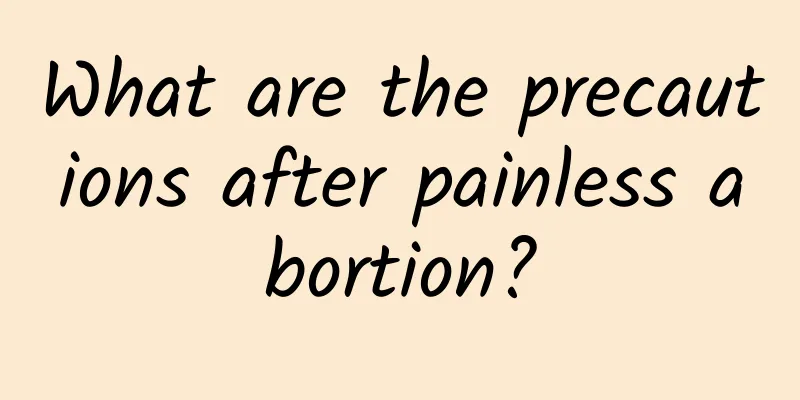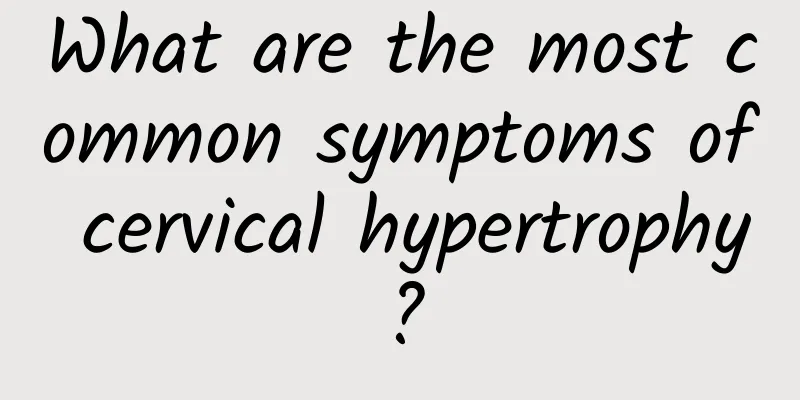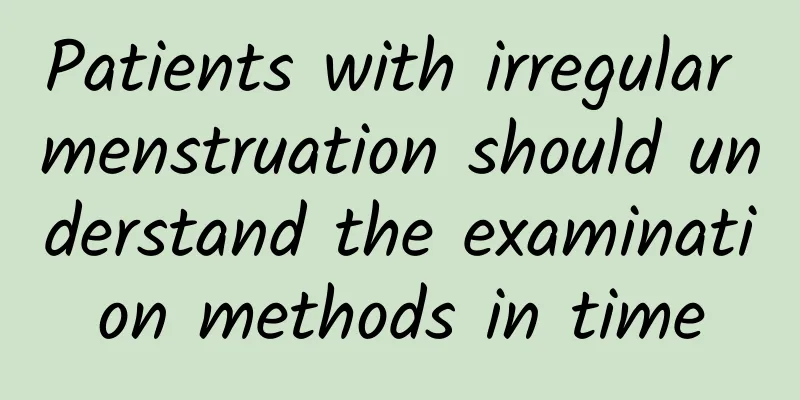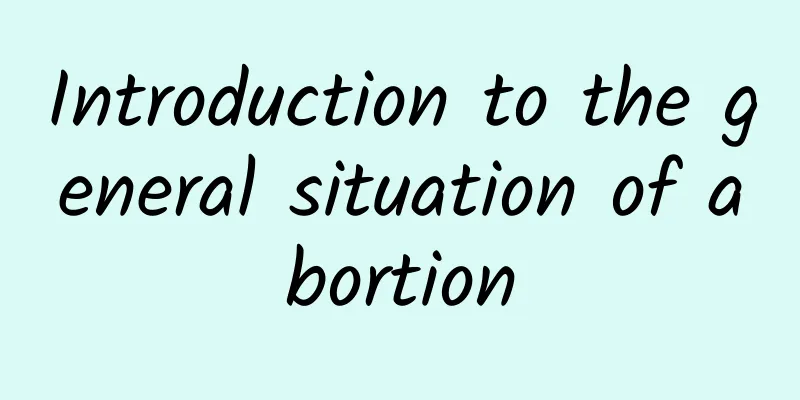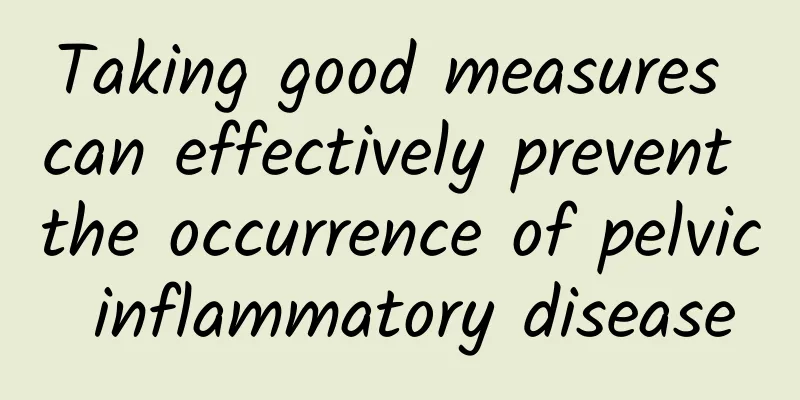Lose weight, start with taste! If you have these symptoms, you may be suffering from sweetness poisoning
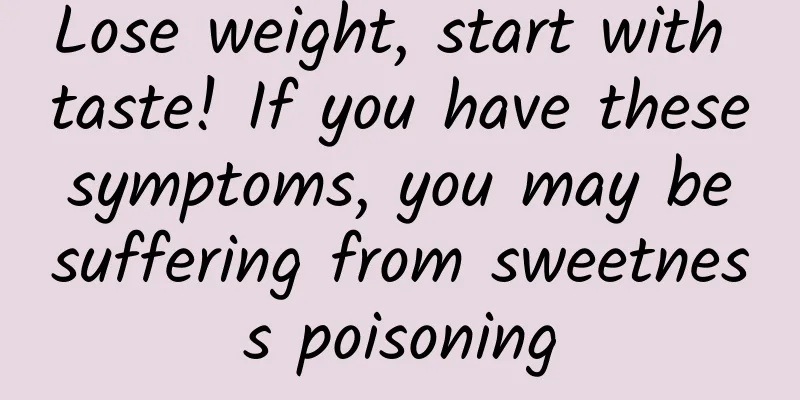
|
Taste poisoning starts at the age of three Food stimulates all of human's senses: vision, taste, smell, hearing, touch, etc. The chewing texture and various flavors all blend together to conquer our senses. Coupled with the addictiveness and satisfaction brought by the taste, almost no one can escape these temptations. Moreover, food, like the individuals mentioned in Darwin's Theory of Evolution, is also constantly evolving with the rise of the food industry and cultural trends. So, how is taste formed, and what processes does it take for people to become intoxicated by specific flavors? The core of taste lies in the tongue. Humans perceive and interpret taste through the tongue. There are many tiny protrusions on the tongue, and these protrusions have taste buds which are "taste receptors". The front of the tongue senses sweetness, the left and right sides sense sourness, the middle is responsible for saltiness, and the root of the tongue senses bitterness. Tiny cells responsible for sensing various tastes are found in various parts of the tongue. When food enters the mouth, the tongue and teeth work together to grind the food into liquid. After the liquid food comes into contact with the tiny cells on the tongue protrusions and taste buds, the taste is transmitted to the taste center in the cerebral cortex through tiny nerves. The formation of taste is a more refined and complex process. The moment you bite into the food, your brain associates the type of food with its taste and records it in your mind. If we want to taste this food again, the information stored in our brain will be called out and learned and memorized repeatedly and carefully. At this point, the sense of taste is being formed and determined. When one food is combined with other foods, it forms a complex taste, texture, image and other subtle taste sensations. Unless there is an overwhelming new experience that overturns it, the sense of taste only produces countless stimulations from the existing eating experience and the inherent taste of the food, leaving a deep impression. Through actual diagnosis, it has been found that there are some patients with taste disorders who have problems with taste perception. Scientifically defined taste disorders are called "taste blindness" in severe cases, which refers to a complete loss of taste. A state in which the sense of taste does not disappear completely but is less than that of normal people is called "hypogeusia". If the sense of taste is greater than normal, it is called "taste sensitivity". If the taste perceived is completely different from that of normal people, for example, sweetness is perceived as bitter, it is called "taste abnormality". Loss of taste most commonly occurs with loss of smell, but it is very rare for it to be the only cause. Medications, diabetes, and hypothyroidism may all cause taste disorders. As for diseases, malignant tumors, trauma, radiation therapy, nutritional deficiencies, Sjögren's syndrome, etc. can also cause symptoms of loss of taste. In the case of modern people, "functional taste changes" are more serious than taste disorders of this disease nature. The so-called functional taste changes have no special causes or diseases. They are purely due to habitual indulgence in a certain taste, which leads to changes in the brain circuits that perceive taste. This type of functional taste change is the most serious and common. I call it "taste poisoning", a state in which one can only feel specific tastes and cannot get satisfaction when eating other foods. Taste intoxication begins when specific tastes stimulate the appetite regulating center in the hypothalamus and cause it to secrete the happiness hormone, dopamine. Sweet foods stimulate the parasympathetic nervous system, causing the body to continuously secrete dopamine, giving a sense of pleasure. Glutamine, a protein found in meat, cheese, soup seasonings (dried fish, kelp, etc.), and shellfish soup bases, is broken down to produce umami (an amazing sweet and fresh taste that comes from the Japanese word "umami"), which can cause people to over-consume meat. Repeatedly, this can lead to addiction and poisoning to specific flavors. Diagnosis of sweet taste addiction *If I don’t eat bread, biscuits and 3-in-1 instant coffee for a day, I will not be able to concentrate and work. *When I am under a lot of pressure, I have to eat chocolate and cookies to relieve the stress. *Even if the food you eat is similar to the sweets you used to eat, you still don’t feel satisfied. *They will habitually look for sweets, or if there are sweets in front of them, they will definitely eat them even if they are full. *Once you start eating bread, cakes, noodles, etc., you will eat until you are full without leaving any bite. *Have you ever been criticized by people around you for "eating too many sweets", or have you often hidden away to eat sweets and felt guilty? *I have been losing weight but always gain it back quickly. ※If you meet 3 or more of the above criteria, you can be considered to be suffering from sweet taste addiction. The characteristic of taste poisoning is an extreme preference for specific tastes, with symptoms such as "taste dependence", "taste withdrawal", and "taste paralysis". This means that people with taste addiction have a physical and mental dependence on specific tastes and repeatedly consume them. If they do not eat the food for more than a certain period of time, they will feel unhappy and depressed. Once the emotion reaches a certain level, the original taste will not satisfy them, and may even prompt them to look for stronger tastes. For Koreans, taste poisoning is both stubborn and widespread. It is difficult to correct deep-rooted taste poisoning because it is formed in childhood, when children first try out food flavors, and is imprinted in the brain for a long time. This article is from "Lose Weight, Start with Taste!" published by Happiness Culture Publishing House. 》 |
<<: Super passionate! Australian boxing aerobics, uppercuts burn calories
>>: Does spicy food help burn fat? ! Nutritionist: 4 tips to lose weight by eating spicy food
Recommend
What are the diagnostic criteria for uterine fibroids?
The clinical manifestations of uterine fibroids o...
Will using electric knife to treat cervical erosion affect fertility?
Will using electric knife to treat cervical erosi...
Chronic disease diagnosed and worsening quickly? Nutritionists recommend 4 tips for "My Plate" to build nutritional power and boost immunity through epidemic prevention diet
Adequate nutrition and hydration are crucial duri...
Why does my period last more than ten days but still not end? There are usually three reasons
If menstruation has not ended after more than ten...
Nursing experience of hyperprolactinemia
The factors that lead to hyperprolactinemia are m...
What are the symptoms of acute cervicitis
Acute cervicitis is a common gynecological diseas...
Remedies for menstrual rash
Menstrual rash is a common menstrual disease in w...
Detailed introduction to several causes of menopause
If menopausal patients are not treated, they will...
What does the cost of painless abortion include?
Painless abortion is a common type of abortion. H...
Lose weight and burn fat! Homemade Aloe Vera Honey 5 Delicious Juices
[Key Points]: It is easy to get bored if you only...
What to eat for adenomyosis
Adenomyosis is a common disease in women, which c...
How much does it cost to completely cure menopause?
The doctor said that each hospital charges differ...
Dietary considerations for patients with uterine fibroids after surgery
What are the dietary precautions for patients wit...
The order of diet is very important if you want to lose weight successfully
When it’s time to eat, there’s a table full of de...
Is the cure rate for female abortion high?
In modern life, many women have lost their belove...
